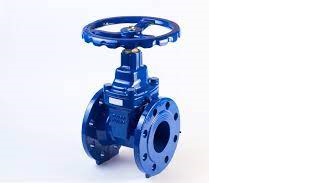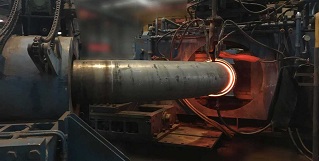Proper piping line study plays a vital role in any project, as it directly affects the investment cost. If the line routing is done in an effective manner then it reduces pipe length, numbers of supports, insulation cost, etc. In this article, we will go through the few important points to be considered during the piping line study.

The process engineer prepares the P&ID (Piping and Instrumentation Diagram) according to the project’s requirements. So after this, the piping engineers are responsible to develop plot-plans, equipment layouts, and then Piping layouts (piping line study). Let’s see the below steps-
Steps to Piping Line Study
- Identify lines in P&ID.
- Highlight the line on which the work to be done.
- Understand line connectivity between equipment and Equipment’s nozzle.
- Collect equipment drawing “MDS” (Mechanical Data Sheet) From Equipment Department.
- Collect PMS (Piping Material Specification) as per line number.
- Collect Instrument Hook-up from the instrument department as per the instrument markup on that line in the P&ID.
- Read the notes given in P&ID for slope, free-draining, no pocket, operating requirements, notes on vent and drains, etc.
- Check nozzle size in MDS and piping flange size in PMS, If it’s not matching, you can consider a fabricated spool.
- Check rating, type of nozzle, type of face, and face finish of the nozzle in MDS, also check the rating, type of flange, type of face, and face finish for flange in PMS.
If it’s not matching then matching flanges that are connected or bolted to the nozzle should be as per nozzle flange specification.
Note: In some cases, the material of flange and type of flange do not match with the nozzle, then it is accepted. - Using equipment layout, connect the lines between nozzles based on the availability of the building structure for ease of the support.
- once line routing is completed, then visualize the line behavior during the plant running condition to protect the nozzle. Vertical drop or direction change will be considered that will allow lateral movement of the line which is near to the nozzle. Lateral movement can be controlled by using line stop support.
- Once the nozzle is protected then other supports will be mainly resting and guide support alternatively to take care of the thermal expansion of the line.
- use north and east coordinates to find horizontal distances and to calculate the pipe length.
- Use elevation to calculate the vertical height of the pipe.
- In case of frequent maintenance, a removable spool (Breakup Flange) need to be considered near to the equipment.
- Put the breakup flange after every 30 m, if the line is too long.
- Make sure the weld point of piping is not touching the structure.
- In the case of prefabricated spool transportation, we need to consider container size to splitting isometric in small pieces to accommodate in a container and to identify filed weld.
- Draw isometric as per spool marking for shop fabrication with correct pipe length, numbers of fittings, and inch/dia for calculation of exact construction cost in the project.
- If the priming and painting are required after the hydro test then we need to specify accordingly in the drawing.
You may also like
Olets Fittings: A Complete Guide
A Presentation on Pipe Insulation
A Presentation on Pipe Stress Analysis
Control Station and Control Valve in the Process Piping




2 thoughts on “Piping Line Study: 20 Important Steps to Follow”